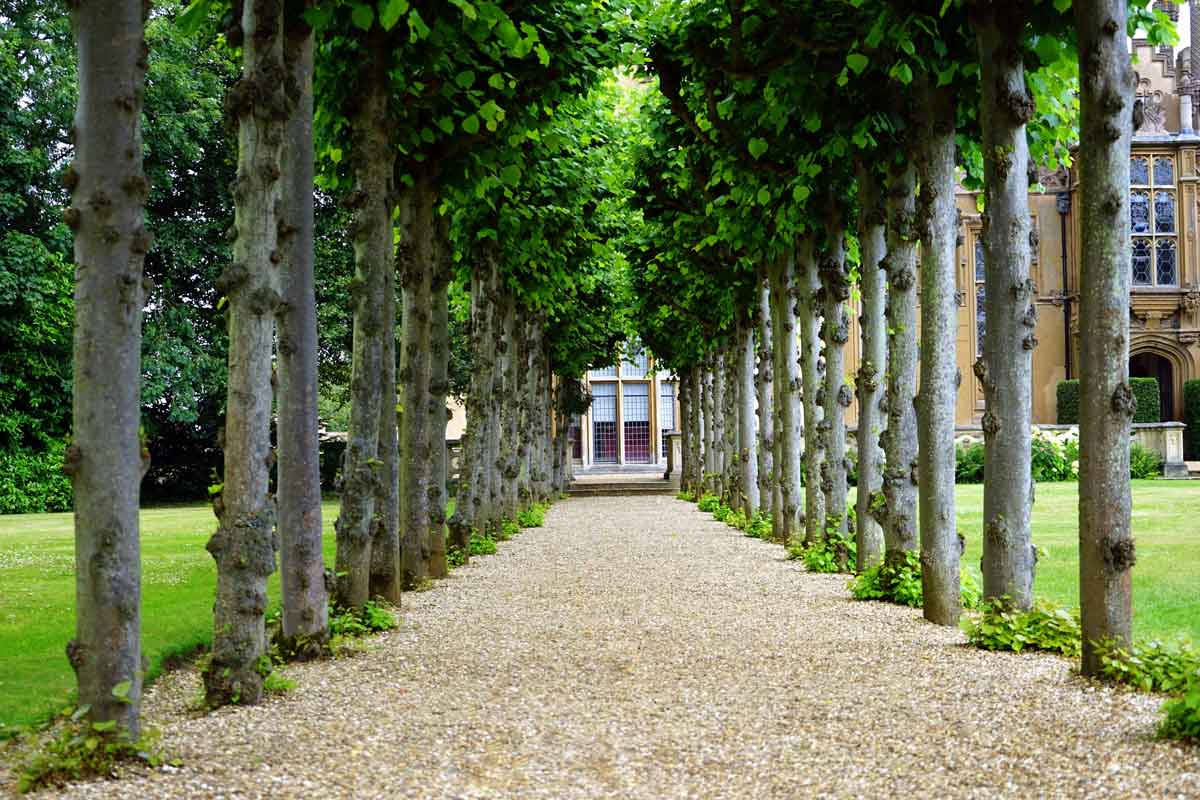We use cookies to make your experience better. To comply with the new e-Privacy directive, we need to ask for your consent to set the cookies. Learn more.
Sustainable Landscaping with Self-Binding Gravel and Path Toppings


Sustainable landscaping solutions have emerged as a vital aspect of modern outdoor design, and one such innovative solution gaining popularity is self-binding gravel and path toppings—a versatile and eco-friendly material that offers not only visual appeal but also a range of environmental benefits. In this article, we delve into the world of sustainable landscaping with self-binding gravel, Self-binding gravel can be an eco-friendly option that has numerous advantages that it brings to outdoor spaces.
Self-binding gravel is characterised by its unique ability to bind together without the need for additional adhesives. Unlike traditional paving methods that often rely on cement-based mortars, self-binding gravel such as Old English Self Binding Gravel utilises natural binding properties found within the aggregate itself. This reduces the use of synthetic materials and minimises the carbon footprint associated with manufacturing processes. Self-binding gravels and path toppings are also semi-porous, which allows rainwater to infiltrate to the soil from the paths sub-base contributing to a healthier ecosystem. This encourages the growth of vegetation, supporting local biodiversity and enhancing the beauty of landscapes.
Traditional concrete and asphalt surfaces tend to absorb and radiate heat, contributing to elevated temperatures. Self-binding gravel, with its lighter colour such as Cotswold Self Binding Gravel has improved reflectivity, reduces heat absorption, making outdoor spaces more comfortable and environmentally friendly. By anchoring soil particles and stabilising the terrain, self-binding gravel acts as a natural erosion control measure, preserving the integrity of landscapes and minimising sediment runoff.


One of the key advantages of self-binding gravel and path toppings is their minimal maintenance requirements. Their durable and stable surfaces resist displacement, reducing the need for frequent repairs and replacements. Self-binding gravel surfaces can also have a longer lifespan compared to traditional options such as asphalt. Its cohesive structure withstands heavy foot traffic while retaining its appearance and functionality over time.
Sustainable landscaping with self-binding gravel and path toppings offers design flexibility with their earthy tones and natural textures. The natural aesthetic complements various outdoor styles, from contemporary to rustic, such as Forest Rose Path Topping with its terracotta colouring. Moreover, its permeability allows for creative integration of green spaces and garden elements within hardscaped areas. This harmony between design and environmental responsibility creates a cohesive and inviting outdoor environment.
Self-binding gravel and path toppings is a testament to the harmonious coexistence of natural beauty and sustainability in modern landscaping. By embracing the natural binding properties of self-binding gravel and reduced environmental impact, homeowners and designers can create outdoor spaces that are not only attractive but also ecologically responsible. Sustainable landscaping with self-binding gravel and path toppings is a forward-thinking approach that showcases the potential of nature-inspired materials to shape the landscapes of tomorrow.
